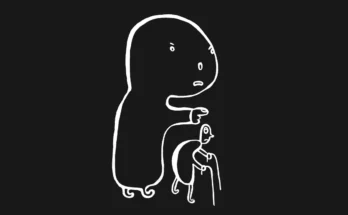They are clear, almost diaphanous liquids, which surprise with their crystalline appearance and an aroma that multiplies upon first contact with the nose. This is how clarified cocktails are presented, a technique that only a few years ago was exclusive to experimental bars and which today has become a seal of modernity, with the new generations of bartenders who consider it an indispensable part of their work.
In Madrid, Néstor Matos, manager of the Devil’s Cut bar, in the Las Letras neighborhood, confirms this: “Wherever you go, what attracts young people are clarified drinks.” His stay in London allowed him to transfer his methods from the kitchen to the bar, working with agar-agar, enzymes or even filter paper. In his bar, a tomato rum purified until it becomes translucent coexists with an Old Fashioned Iberian ham.
A few meters away, in Chueca, the Momus team, led by Alberto Fernández, has made clarification a resource where the piña colada is served like a crystalline soda, which surprises with its visual purity and its power in the mouth. Further north, in Asturias, Alberto Díaz defends the same line in the Patio de Butacas, in Pola de Siero. His goal is lightness and stability, and to achieve this he uses the centrifuge with which he produces, for example, a transparent and enormously intense fig cordial.
The idea is repeated in Valladolid. There, Juan Valls brought the technique into a new phase in El Niño Perdido. After overcoming the initial obsession with completely colorless, today it is committed to clarified products that maintain chromatic shades. “Green for freshness, red for fruit, yellow for tropical,” he sums up. The palette thus becomes an expressive resource, a way to connect the eye with the palate. Resources against monotony.



